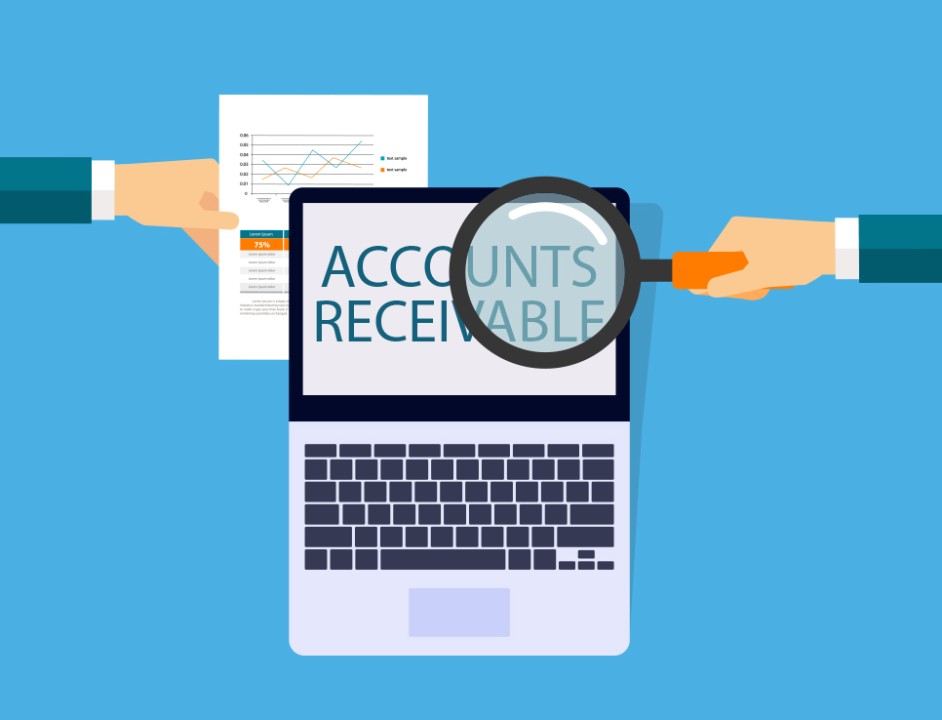Accounts receivable, it might sound like difficult financial term, but it is a simple and important concept in the business world. Let is talk about is accounts receivable an asset and know how it works.
Contents
- What is Accounts Receivable?
- Is accounts receivable an asset?
- What is the difference between accounts receivable and accounts payable?
- How Does Accounts Receivable Work?
- Here is the step-by-step process:
- Why is Accounts Receivable Important?
- Is accounts receivable debit or credit?
- How to manage Accounts Receivable
- What happens if my clients or customers do not pay?
- Conclusion
- Some Questions
- Is Accounts Receivable an Asset?
- What is Accounts Receivable?
- Is Accounts Receivable a Current Asset?
- Read More:
What is Accounts Receivable?
Imagine you own a toy store. A customer comes in and picks out a number of toys, but instead of paying you right away, they ask if they can pay later. You trust this customer, so you agree. The amount they owe you for the toys is what we call accounts receivable.
In technical terms, accounts receivable (AR) is the total money that customers owe to a company for goods or services they have received but have not paid for yet. It is like a tab that customers have open with your business.
Is accounts receivable an asset?
Yes, accounts receivable is considered an asset. It represents the money owed to a company by its customers for services or good that have been delivered but still yet paid for.
As an asset, accounts receivable are expected to bring future economic benefits to the company, typically in the form of cash when the customers make their payments.
What is the difference between accounts receivable and accounts payable?
The difference between accounts receivable and accounts payable lies in their roles in the financial transactions of a business:
Accounts Receivable (AR)
This is the money that customers owe to a company for goods or services that have been delivered but not yet paid for. AR is considered a current asset on the company’s balance sheet because it is expected to be converted into cash within a short period.
It represents the credit sales made by the company, leading to cash inflows when customers pay their invoices.
Accounts Payable (AP)
This refers to the money that a company owes to its creditors or suppliers for goods or services received but not yet paid for.
AP is a current liability because it represents the company’s obligation to pay off short-term debts. It is the outcome of credit purchases and results in cash outflows when the company settles its debts.
How Does Accounts Receivable Work?
Let us go back to our toy store example. When your customer asks to pay later, you create an invoice a detailed bill showing what they bought and how much they owe. This invoice is a record of the sale and the promise from the customer to pay the amount listed.
Here is the step-by-step process:
- Sale on Credit: You sell the toys on credit, which means you allow the customer to pay at a later date.
- Invoice Creation: You create an invoice for the customer detailing the purchase and the due date for payment.
- Recording the Sale: In your accounting books, you record the sale and the expected payment as accounts receivable.
- Payment Collection: When the due date arrives, you collect the payment from the customer, and the accounts receivable is settled.
Why is Accounts Receivable Important?
Accounts receivable is crucial because it represents the money that will soon flow into your business. It is an asset, something valuable you own. Keeping track of AR helps you understand how much cash you can expect in the near future, which is vital for managing your business’s finances.
Is accounts receivable debit or credit?
Accounts receivable is recorded as a debit in accounting because it represents an increase in the company’s assets. When a sale is made on credit, the accounts receivable account is debited, reflecting that there is money owed to the company that is expected to be received in the future.
How to manage Accounts Receivable
Good management of accounts receivable is key to a healthy business. You need to:
- Keep on checking on how much money is owed and by whom.
- Actively pursue the collection of payments before they are overdue.
- Use ratios like the accounts receivable turnover ratio to measure how efficiently you are collecting payments.
What happens if my clients or customers do not pay?
If your clients or customers do not pay their invoices, there are several steps you can take to manage the situation:
- First, you can send reminders and follow up with the customers. Sometimes, non-payment is due to forgetfulness or administrative oversight.
- If the customer is facing financial difficulties, you might consider offering a payment plan that allows them to settle their debt in smaller, more manageable installments.
- If reminders and payment plans do not work, you can hire a collection agency to pursue the debt on your behalf. They specialize in debt collection and can often be more effective.
- As a last resort, you can take legal action against the customer. This could involve small claims court or other legal proceedings, depending on the amount owed and the jurisdiction.
- If all else fails and the debt is uncollectible, you may have to write it off as a bad debt. This means you acknowledge that the debt is unlikely to be paid and remove it from your accounts receivable.
Conclusion
Accounts receivable is all about trust and timing. You trust your customers to pay you later, and you need to keep track of when that money is coming. Manage it well, and it will help keep your business running smoothly.
Remember, accounts receivable is like a promise from your customers to pay you back. It is a sign that your business is making sales and has the potential to bring in more cash.
Some Questions
Is Accounts Receivable an Asset?
Yes, accounts receivable is considered an asset because it represents money owed to a company by its customers for goods or services provided on credit.
What is Accounts Receivable?
Accounts receivable is the total amount of money owed to a business by its customers for products or services that have been delivered but not yet paid for.
Is Accounts Receivable a Current Asset?
Yes, accounts receivable is classified as a current asset when it is expected to be converted into cash within one fiscal year.
Read More:
- Best Cash ISA Rates for over 60s: A Guide to Tax-Free Savings
- Free Wills Month 2024: A Guide to Making Your Will
- Understanding the UK Emergency Tax Code and How to Claim It
- Is Shared Ownership Worth It?
- Tax on State Pensions: Is State Pension Taxable
- Working from Home Tax Relief: A Simple Guide
- Winter Fuel Allowance – How do I claim a Winter Fuel Allowance?
- 1257L Tax Codes: What Employers Need to Know

I am a dedicated lifestyle and fashion enthusiast, always looking for the latest trends and timeless styles. With a flair for creativity and a passion for self-expression, I provide fresh insights and tips on elevating everyday living and personal style.
















